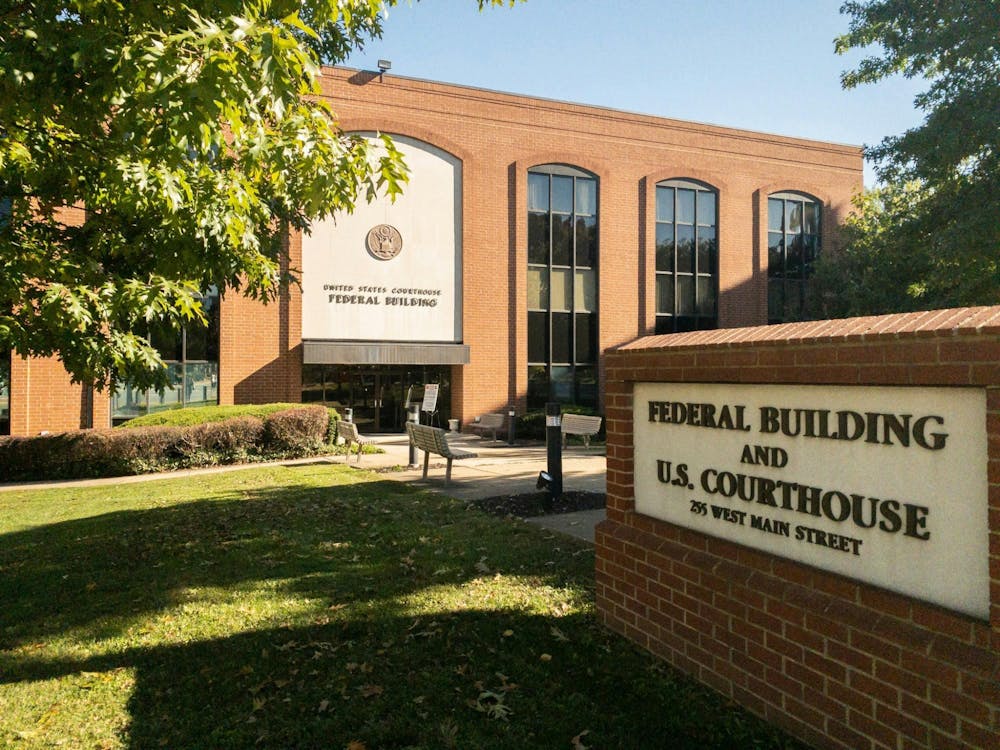A QUICK fix is just that. Nevertheless, affirmative action advocates routinely gloss over the cracks in the foundation of the educational system, instead trying to cover up with policies that do nothing to solve the larger problem.
After the University of California system stopped its race-preference admissions policies, affirmative action advocates decried the drop in minority enrollment. Although Proposition 209 effectively addressed the issue of quota systems and racial preferences, the underlying problems haven't been addressed.
Passed in California in 1996, Proposition 209 prohibits state universities from giving preferential treatment to any group, effectively eliminating all affirmative action programs. Since then, the University of California at Berkeley has used a strict grade-centric system to admit students.
At face value, Proposition 209 is a good policy; students are accepted based on their achievements alone. Unfortunately, the differences in primary education create a gap for which the new admissions policy cannot account. Minorities and non-minorities from lower socioeconomic backgrounds face an indirect discrimination based on their local grammar and high school systems.
For example, UC-Berkeley's admissions process rewards students who have taken Advanced Placement classes by giving more weight to an 'A' earned in an AP class than an 'A' earned in a regular one. While this may seem fair, one must realize that AP classes are offered much more frequently in more affluent areas.
Thus, expanding admissions criteria to include factors outside of personal achievement seems an appropriate solution. Still, a race-based college admission program is a band-aid remedy for a deeper problem. Preferential policies are needed only because people from lower socioeconomic backgrounds - disparately minorities - aren't receiving a proper education earlier in life.
The underlying problem in California - or in any state - is the disparity in the quality of education. Economic differences between school districts create inequality even before college. Any real change in education policies therefore must take place in primary and secondary schools, before it's too late.
It is no surprise that, academically, students from lower socioeconomic backgrounds fare worse than do those from wealthier upbringings. Higher income means more property taxes, better schools and so on. Moreover, these wealthier students may have access to better outside resources, such as SAT prep courses or private tutors.
This problem also is connected directly to urban flight. Families move towards suburbs as they earn more money - often in search of better schools. Meanwhile, their departure makes it impossible for the neighborhood they leave behind to grow economically.
But the issue is not just one of social class. Far too many families in the lower economic category are minorities. According to the U.S. Census Bureau, in 1997 the poverty rate for blacks was 26.5 percent, compared to 11 percent for whites, 14 percent for Asians and Pacific Islanders, and 27.1 percent for Hispanics. (www.census.gov/Press-Release/cb98-176.html).
One thing is apparent when assessing the current situation in colleges such as UC-Berkeley and the University of Texas: Low-income students on the whole are not as well prepared to apply to college as their peers from more affluent backgrounds.
But to think the problem can be solved with admissions policies is naive. An affirmative action policy only can admit students - it can't prepare them and can't guarantee their success. Anyone serious about improving the situations of such students must look to their formative years. Without the benefit of a solid education gained at a supportive school, chances of success seriously diminish.
Some proponents of Proposition 209 feel that the new admissions policy has forced some students into schools in which they are a better fit. They feel that students who, under previous policies, would have been admitted to colleges above their academic level, instead excel at other universities where they are not in over their heads and can be given more attention.
Of course, while such an argument has its merits, in the long term it is in no one's best interests to have low-income students attending lower-level colleges. In fact, there should be a proportionate number of lower-income students on every campus. But they should be there only because they've received an education comparable to their wealthier peers.
(Nick Lawler is a Cavalier Daily associate editor.)






